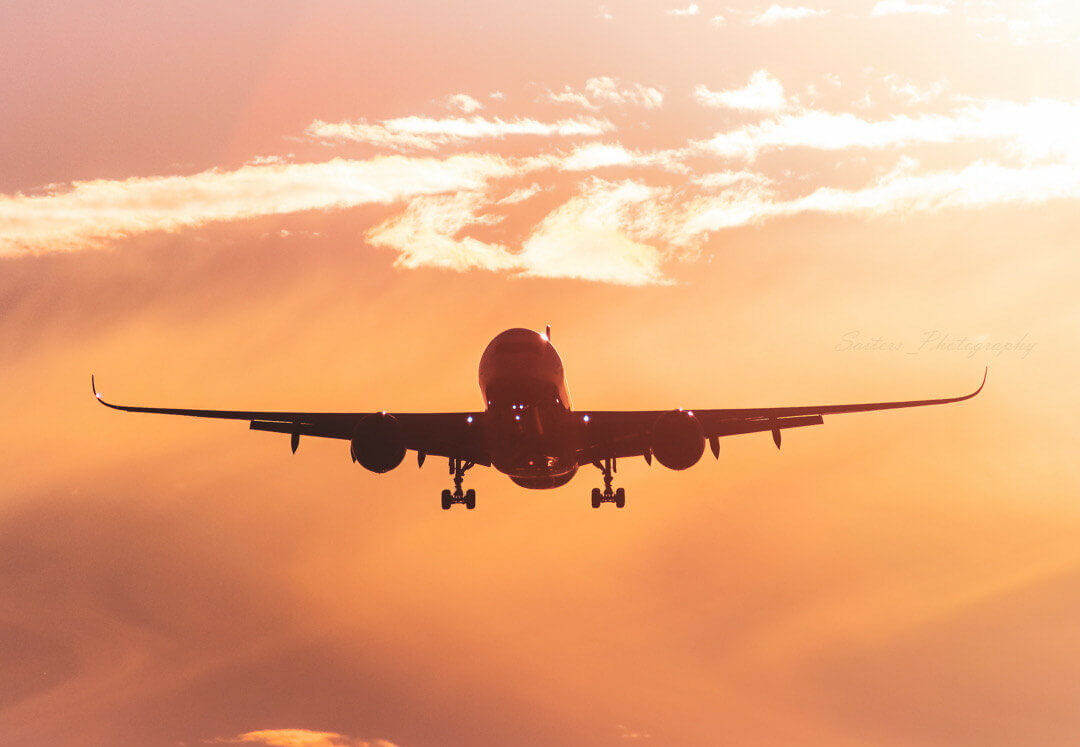Estimated reading time 5 minutes, 32 seconds.
Since telecommunications providers Verizon and AT&T launched their 5G C-band networks in January, the FAA has been working to ensure that day-to-day aircraft operations continue to run safely and smoothly.
Prior to the launch of 5G, aviation industry stakeholders raised concerns that the C-band frequency spectrum, which is adjacent to frequencies used by radar altimeters, could interfere with that critical safety equipment found in commercial airliners, business aircraft, and helicopters.

Verizon and AT&T had volunteered to protect 50 U.S. airports from 5G signals for six months following the rollout, as they worked with the FAA to better understand the effects of C-band signals on certain aviation instruments. Those 50 airports were identified as having the greatest impact to the U.S. aviation sector.
The protection zone mitigations were slated to end on July 5, 2022, but the FAA announced on June 17 that “the wireless companies offered to continue with some level of voluntary mitigations for another year.”
In the meantime, the FAA has identified some airports where 5G service can be enhanced with the least risk of disrupting flight schedules. Operators are encouraged to use the FAA’s interactive map, which provides live, up-to-the-minute information for 87 airports where deployment of 5G network transmitters may affect landings in instrument meteorological conditions.
Some operators are opting to use a certain type of filtered radar altimeter to continue doing specific flight operations, for which the FAA created an alternative means of compliance (AMOC).
This will soon become the standard across the industry, as the FAA announced it is requiring operators of regional aircraft with radar altimeters most susceptible to interference to retrofit them with radio frequency filters by the end of 2022. This is part of the larger goal to protect commercial air travel from C-band interference, while also enabling Verizon and AT&T to enhance 5G service around more airports.
“This work has already begun and will continue on an expedited basis . . . [and] will enable aviation and 5G C-band wireless to safely co-exist,” said Acting FAA Administrator Billy Nolen in a statement.
The FAA is advising airlines and other operators of aircraft equipped with the affected radar altimeters to install filters or other enhancements as soon as possible, as the telecommunications companies expect to operate their networks in urban areas “with minimal restrictions” after July 2023.
Until that time, the FAA will continue to update its Notice to Air Missions (NOTAMs) to accommodate additional 5G antenna sites.
According to the aviation authority, radar altimeter manufacturers “have worked at an unprecedented pace with Embraer, Boeing, Airbus, and Mitsubishi Heavy Industries to develop and test filters and installation kits for [the affected] aircraft. Customers are receiving the first kits now. In most cases, the kits can be installed in a few hours at airline maintenance facilities.”
As an alternative to the filter solution, navigation instrument manufacturer FreeFlight Systems has developed a clean sheet radar altimeter design that it says will provide better protection from 5G signal interference.
The new equipment is referred to as the Terrain Series, which includes three models: the RA-6500, a dual installation model providing for two units on a single larger aircraft; the RA-5500, which utilizes the same technology but for a single unit installation; and the RA-4500 MK II, which is a drop-in replacement for FreeFlight’s existing RA-4500 radar altimeter.
The company said the Terrain Series’ protection range is “1/10 of a nautical mile, so you can operate a helicopter within 600 feet of a 5G antenna and still have the assurance it’s safe.”
For more information on 5G and aviation safety, click here.








